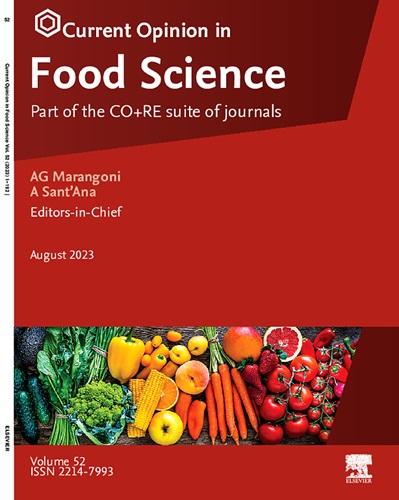古酒研究的进展与创新
IF 9.1
1区 农林科学
Q1 FOOD SCIENCE & TECHNOLOGY
引用次数: 0
摘要
本文回顾了考古和科学方法的最新进展如何引入了古代葡萄酒生产和葡萄种植研究的新时代。自19世纪和20世纪初的早期研究以来,我们的理解有了巨大的进步。现在,分析工具可以在越来越精细的层次上检测和解释葡萄酒的存在,而考古学家和科学家之间的合作已经探索了古代和现代葡萄栽培之间的联系。我们讨论了古代DNA、考古植物学和孢粉学、有机残留物分析、航空摄影和地球物理勘探的发展和应用,以及与古代葡萄酒相关的关键争论的前沿探索:葡萄驯化的演变;生产设施和葡萄酒饮用、储存、运输容器的标识;葡萄酒特性的表征;还有葡萄园考古。在此过程中,我们还探索了该领域未来的可能性,包括当前在数据和方法方面的挑战和限制。本文章由计算机程序翻译,如有差异,请以英文原文为准。
Advancement and innovation in ancient wine research
This article reviews how recent advances in archaeological and scientific methodologies have introduced a new era of research into ancient wine production and grape cultivation. Our understanding has progressed enormously since early studies in the 19th and early 20th centuries. Analytical tools can now detect and interpret the presence of wine at increasingly granular levels, while collaboration between archaeologists and scientists has explored links between ancient and modern viticulture. We discuss the development and application of ancient DNA, archaeobotany and palynology, organic residue analysis, aerial photography, and geophysical prospection in relation to the cutting-edge exploration of key debates around ancient wine: the evolution of grapevine domestication; identification of production facilities and wine drinking, storage, and transport vessels; characterization of wine properties; and the archaeology of vineyards. In doing so, we also explore future possibilities for the field, including current challenges and limitations in data and method.
求助全文
通过发布文献求助,成功后即可免费获取论文全文。
去求助
来源期刊

Current Opinion in Food Science
Agricultural and Biological Sciences-Food Science
CiteScore
18.40
自引率
4.00%
发文量
157
审稿时长
92 days
期刊介绍:
Current Opinion in Food Science specifically provides expert views on current advances in food science in a clear and readable format. It also evaluates the most noteworthy papers from original publications, annotated by experts.
Key Features:
Expert Views on Current Advances: Clear and readable insights from experts in the field regarding current advances in food science.
Evaluation of Noteworthy Papers: Annotated evaluations of the most interesting papers from the extensive array of original publications.
Themed Sections: The subject of food science is divided into themed sections, each reviewed once a year.
 求助内容:
求助内容: 应助结果提醒方式:
应助结果提醒方式:


